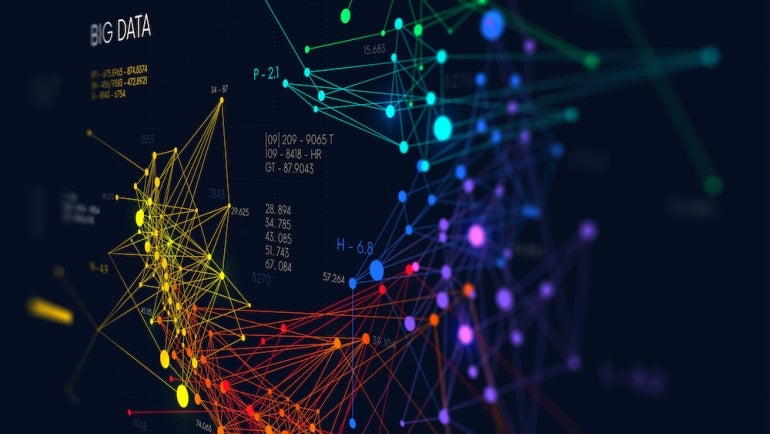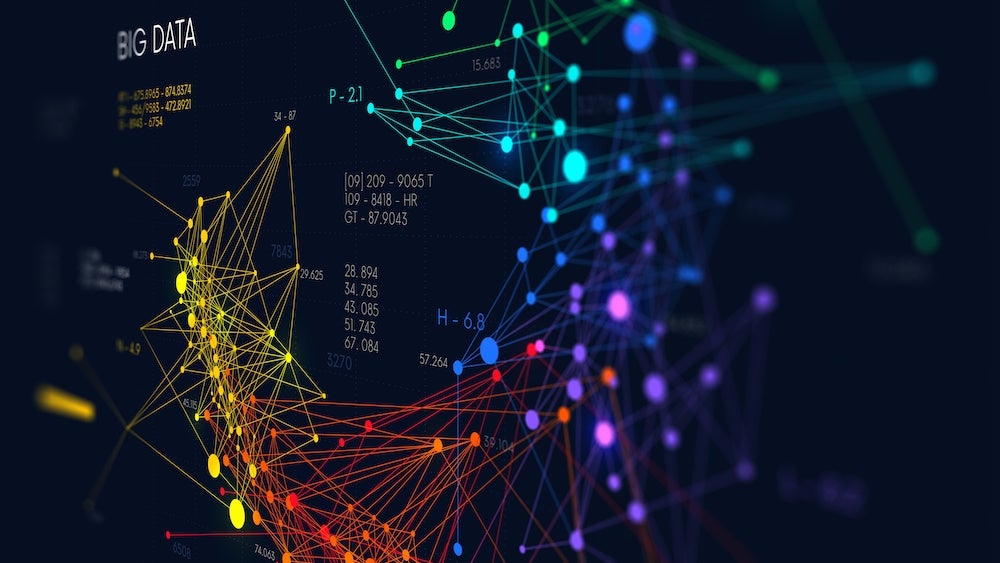
Predictive modeling is a type of data mining that is used in a variety of situations and industries. This process involves creating statistical models that can make predictions about future events based on historical data.
SEE: Job description: Big data modeler (TechRepublic Premium)
Predictive modeling is often used with other data analytics processes like other types of data mining, analysis and exploration. Read on to learn about different types of predictive modeling and how each type can be used most effectively.
Jump to:
- Intro to predictive modeling
- Different types of predictive models
- Predictive modeling vs. predictive analytics
- Why is predictive modeling used?
Intro to predictive modeling
As we mentioned in our introduction, predictive modeling focuses on creating statistical models that predict future events based on historical data. Predictive modeling can be applied in many industries and used in various applications.
For example, you may use predictive modeling to analyze credit card data in order to determine if customers will likely repay their debts. Or you might use predictive modeling to predict if a piece of machinery will break down due to excessive wear and tear.
Data professionals can also use predictive modeling to explore data for new trends, patterns and insights. Predictive modeling is used in many areas, including marketing, healthcare, finance and sports.
SEE: The different data model types and their uses (TechRepublic)
Predictive modeling can be grouped into two main categories: supervised and unsupervised. Supervised predictive modeling usually begins with a training data set, also known as the training set or training corpus, labeled or tagged with correct answers. Unsupervised predictive modeling does not have this labeled data. Instead, it involves analyzing the properties of the data set to discover hidden patterns without any correct answers.
Different types of predictive models
Multiple types of predictive modeling exist, and each model is useful in certain situations. When choosing which model to use, it is important to consider what the model will be doing, what type of data you have and what questions you would like it to answer. This ensures that you choose a model that can give you the best results.
Forecast model
Forecast models are one of the most prominent predictive model types. They predict future values based on historical data. In addition, these models manage metric value predictions by estimating the numeric value for new data based on learnings from historical data.
Common use cases for forecast models include sales, cost and inventory forecasting. Forecasting is a crucial part of business planning because it helps companies make informed decisions about how to allocate resources.
Forecasting is also useful because it helps companies decide how much of their stock they need to carry at any given time based on consumer demand. The most common forecast models are exponential smoothing, autoregressive moving averages, seasonal adjustment and statistical regression models.
One downside of forecasting models is that they may produce inaccurate forecasts if insufficient historical data is used as input.
Classification model
A classification model is used to assign classes to data. Classification models are generally easier and more cost-effective to implement than predicting continuous values. Examples of these types of models include binary, multi-class and regression models.
This type of model is best for making decisions when the output variable is either categorical (nominal) or ordinal. For example, a loan provider may want to use a classification model to determine if they should extend credit to an applicant. The input variables could be factors such as how much money is in their bank account, their debt-to-income ratio and whether they have any outstanding loans.
The output variable could be a yes/no answer: Will this person default on their loan? These models can also predict how someone will behave by measuring how they’ve behaved in the past.
The most common types of classification models are logistic regression, support vector machines, artificial neural networks, linear discriminant analysis, decision trees, K-nearest neighbors, support vector machines and naïve Bayes classifier models.
Outlier model
An outlier model is used to identify anomalous data points that do not fit the pattern of the rest of the data. For example, an outlier model might be used to identify incorrect credit card charges or other fraudulent numbers. It would look at individual data points to determine whether they are incorrect compared to the rest of the data.
If one data point seems very different from the rest of the data, it is an outlier. It may sound simple enough to identify these errors without a model, but especially with larger data sets, outlier modeling can help you find unusual data points and predict future issues related to these numbers.
There are various types of outliers that outlier models can work with. These are some of the most common:
- Kurtosis: When a large number of data points have extreme values.
- Skewness: When there are more data points than expected on one side of the distribution.
- Heteroskedasticity: When certain groups have more variability in their measurements than others.
- Bimodal distribution: When a graph has two peaks instead of one.
Time series model
A time series model is used to predict future events based on past data ordered in a sequence. It is an econometric technique used to predict future values based on past values. A time series model uses the trends, seasonality and cyclicality of a system, as well as other factors to forecast future behavior.
Time series models are particularly useful for businesses that work in seasonal or other types of cycles. For example, if you have a retail store, you would want to know when your busiest months are so you can allocate more worker resources to those timeframes.
The most common type of time series model is the auto-regressive integrated moving average model. ARIMA combines two other models: exponential smoothing and a moving average. Exponential smoothing is used to smooth out extreme values in the data, while the moving average generates a constant value.
Clustering model
A clustering model is used to identify groups of data points that are very similar to each other. The clustering model is used to group similar items, which can help with tasks like customer segmentation and finding the best way to market products.
An example of a clustering algorithm is k-means, which iteratively assigns observations into clusters until all observations have been assigned or until no observations need reassignment. The result is that each observation will be assigned to one cluster.
Predictive modeling vs. predictive analytics
Predictive modeling and predictive analytics are often used interchangeably, but they are different processes used for distinct business purposes.
Predictive modeling uses a statistical model to predict a future event or outcome based on known data. For example, you may use predictive modeling in a marketing campaign by targeting customers who have purchased a certain product in the past and sending them an advertisement for that same product. Predictive modeling almost always has a visual element to help users understand their data better.
SEE: Best predictive analytics tools and software (TechRepublic)
Predictive analytics is the analysis of data to uncover hidden patterns, insights, and possibilities for further research. It refers to a broader set of techniques, including statistical methods and techniques from other fields like machine learning, text mining, social network analysis and bioinformatics. Predictive analytics typically refers to analyzing historical data about events to make predictions about the future.
Why is predictive modeling used?
Predictive modeling is used in many industries, all with the same purpose: helping organizations make better decisions. This type of model is helpful in many business situations where you have plenty of data available but no clear answers about what it means for future business processes and performance. In these situations, big data modelers and other data professionals can use predictive models as resources to accurately predict future outcomes.

